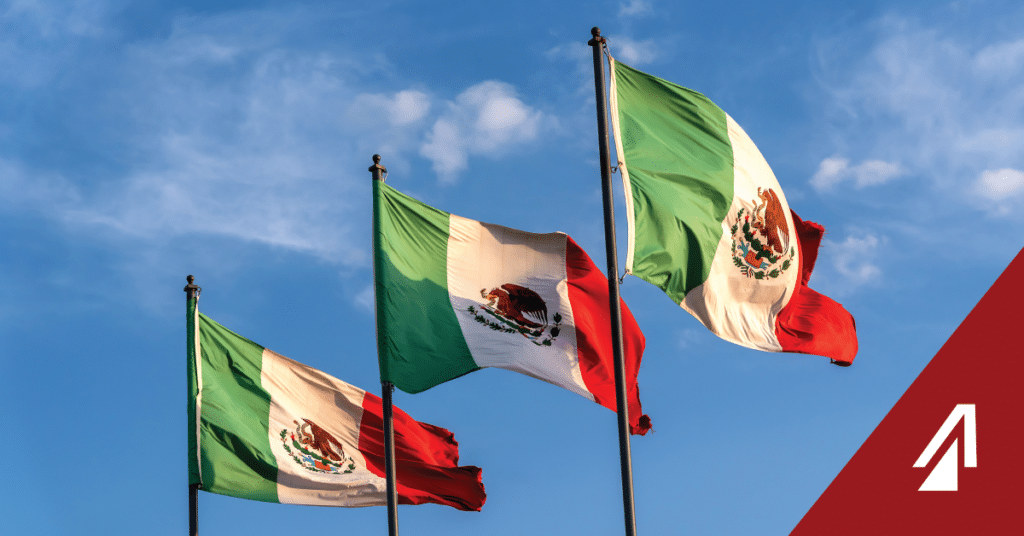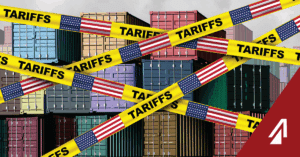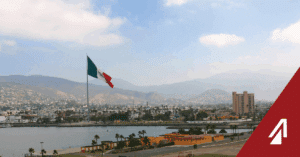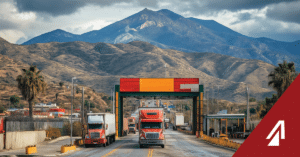Mexico is a critical player in manufacturing, becoming a preferred destination for international companies due to its proximity to the U.S. market, favorable trade agreements, and competitive labor costs. Mexico’s infrastructure, while improving, faces many needs and challenges that contribute to current gaps and are driving new requirements for investment. While Mexico has substantial infrastructure in place, addressing these gaps is crucial for enhancing its global competitiveness and meeting the needs of its growing population and economy.
Infrastructure Investments in Recent Years
Infrastructure was a priority under the administration of President Andrés Manuel López Obrador, also known as AMLO, from 2018 to 2024. With the end of his term comes the close of the Construction and Modernization Program (CMP), which was a government initiative focused on improving and expanding the country’s infrastructure across various sectors. Several key components of the initiative included infrastructure development, investment in housing, regional development, energy infrastructure, water and sanitation projects, and disaster resilience.
Under AMLO’s leadership, the CMP included four priority projects totaling more than $20 billion USD in investments:
- Aeropuerto Internacional Felipe Ángeles (AIFA) airport – Located in Santa Lucia, about 45km north of Mexico City, AIFA was built to provide an alternative to the heavily congested Mexico City International Airport (CDMX). It was inaugurated in 2022 and aims to serve as a hub for domestic and international travel, facilitating increased air traffic in the region. Plans are in place to continue promoting AIFA to increase its utilization and connectivity.
- Tren Maya railway – Aimed at improving connectivity in the southeastern region, particularly in the Yucatán Peninsula, the Tren Maya railway is a passenger and cargo train that spans approximately 1,554 km. The train connects vital tourist destinations, archaeological sites, and urban centers, including Cancun, Tulum, Palenque, and Merida. The Tren Maya railway operations officially began in December 2023, although the project is not yet 100% complete.
- Corredor Interoceánico del Istmo de Tehuantepec trade corridor – The Interoceanic Corridor of the Isthmus of Tehuantepec, abbreviated as CIIT, was designed to create a transportation and logistics corridor that connects the Pacific Ocean and the Gulf of Mexico and provide an alternative route to the Panama Canal. The project, currently under development, includes a series of improvements to improve economic growth in the region. One key component, the Tren Interoceánico” (Line Z) railway, was first inaugurated in September 2023 for freight transportation and opened for passenger transportation in September of this year.
- Dos Bocas refinery – developed by Mexico’s state-owned Pemex, the Dos Bocas refinery, officially known as the Olmeca Refinery, is a crude oil refinery in Paraíso, Tabasco. The project aims to increase Mexico’s refining capacity while reducing its dependency on imported fuels. Once completed, the Dos Bocas refinery will have an installed refining capacity of 340,000 barrels of gasoline and petroleum products per day. It is currently undergoing start-up processes.
Infrastructure Will Continue to be a Priority
Mexico’s new president, Claudia Sheinbaum, took office at the start of October. She has pledged to build on key AMLO policies, including minimum wage increases, cash transfer programs, and continued investment in infrastructure projects. During her inauguration, she outlined an infrastructure plan focused on expanding housing, enhancing transportation, and developing industrial and logistical economic development hubs across the country.
Rail transportation will be a crucial component in President Sheinbaum’s infrastructure plans. Within days of taking office, construction began on the AIFA-Pachuca train that will connect the state of Hidalgo with the Mexico City metropolitan area. Her agenda includes focusing on both passenger and freight transportation to boost the country’s connectivity and logistics integration. She has also pledged to continue several key rail projects, including the Tren Maya railway, the Interoceanic Train, and the Mexico-San Luis Potosí-Nuevo Laredo Passenger Train.
To create a more competitive industrial environment that can drive economic growth and job creation, particularly in the Mexico City region, Sheinbaum has proposed several strategies to strengthen 12 existing industrial parks in the southeast and develop ten new industrial corridors across Mexico. Her broader plans include infrastructure upgrades, sustainability initiatives, technology and innovation support, workforce development, supply chain efficiency improvements, public-private partnerships, and incentives for investment.
Sheinbaum has also placed significant emphasis on the modernization of Mexico’s road infrastructure, starting with the construction, expansion, and repair of 4,000km of federal highways. Some of the specific road projects identified in her plan include the development of new routes in the southeastern region, renovating the Mexico-Querétaro highway, and expanding the Monterrey-Nuevo Laredo highway.
These projects will be critical to enhancing freight transportation and facilitation logistics across Mexico’s various industrial sectors. Complementing these projects will be the rail projects along with multiple modernization projects at key ports, like Veracruz and Manzanillo, as well as several airport development plans. Mexico’s ongoing investments in its infrastructure are geared toward improving connectivity, boosting Mexico’s competitiveness as a manufacturing hub, improving its logistics capabilities, and enhancing economic growth.
With more than 30 years of experience operating in Mexico and offices in both Mexico and the U.S. our team is constantly monitoring industry and economic updates. Reach out today for assistance with your cross-border transportation and logistics needs



